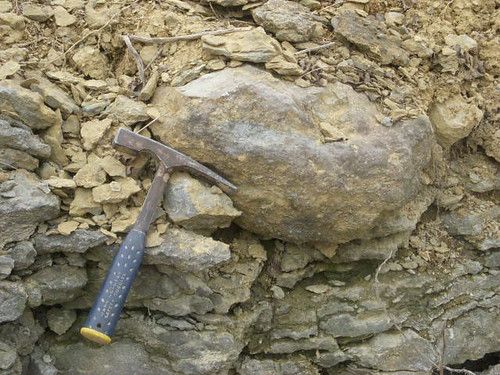Charmin
Bronze Member
- #1
Thread Owner
We have had a major drought here in Oklahoma and all the creeks are almost completely dry, so we've been walking down the dry creekbeds and checking out places that are usually underwater. My daughter, Josie, found this the other day in a limestone creekbed. It was the only one like it in the creek bed.
It is very porus(I guess that's what you would call it?). And seems to be light weight for a rock this size, it weighs 1lb. 14ozs.
Did sea sponges fossilize?
Thanks for looking and any help!
It is very porus(I guess that's what you would call it?). And seems to be light weight for a rock this size, it weighs 1lb. 14ozs.
Did sea sponges fossilize?
Thanks for looking and any help!



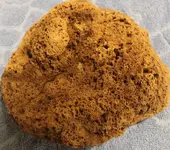
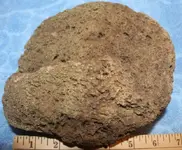
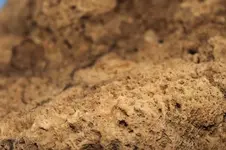

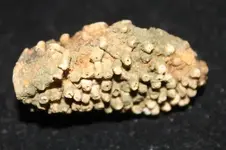
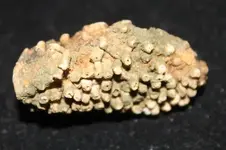
 Well, after a perfunctory search, it appears that the igneous, and meta-igneous rocks in that part of the country are Pre-Cambrian. As such, they would be well indurated and without the pore space that this rock exhibits. Really, too me, it "looks" like a porous flow stone
Well, after a perfunctory search, it appears that the igneous, and meta-igneous rocks in that part of the country are Pre-Cambrian. As such, they would be well indurated and without the pore space that this rock exhibits. Really, too me, it "looks" like a porous flow stone

